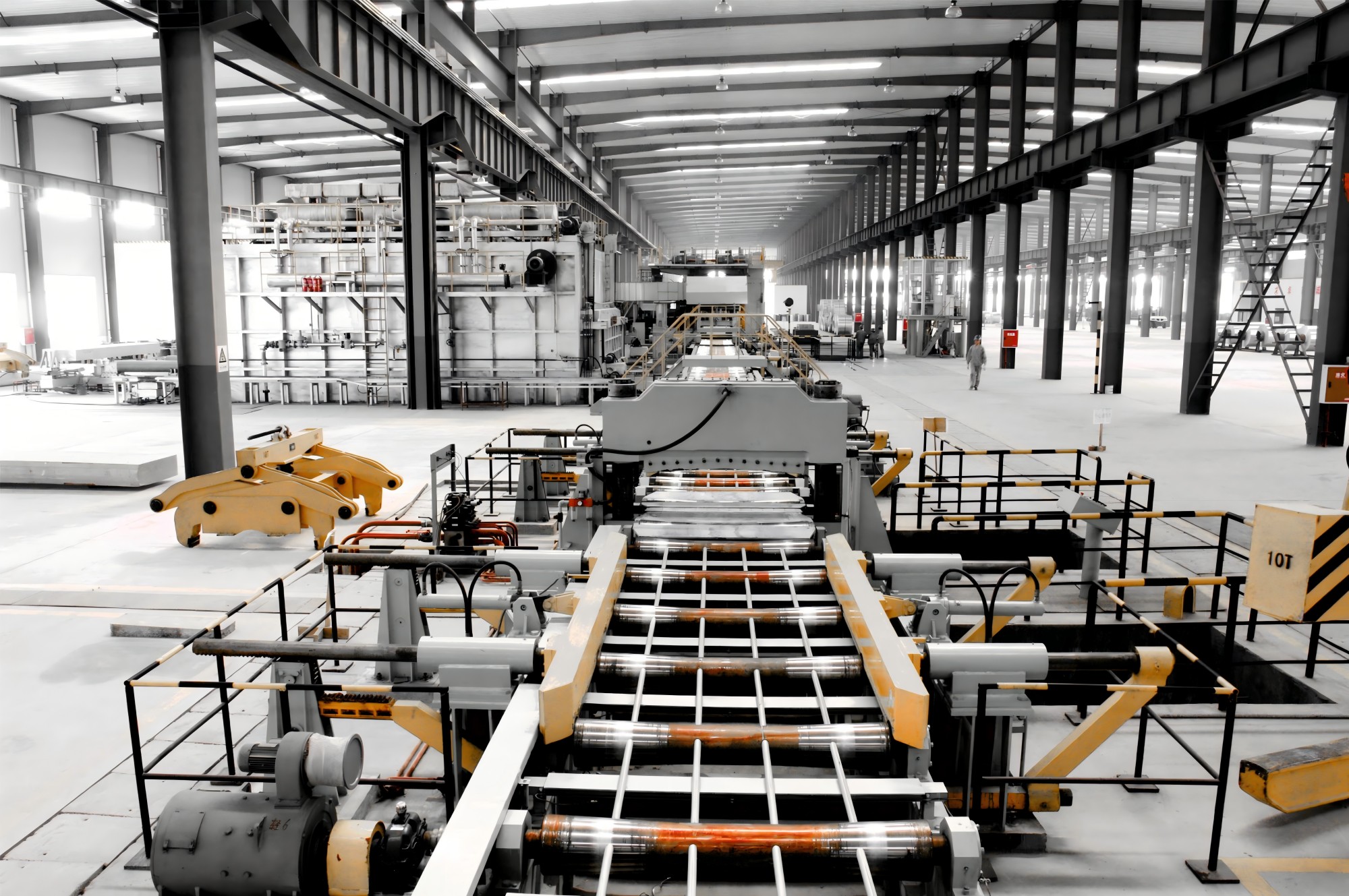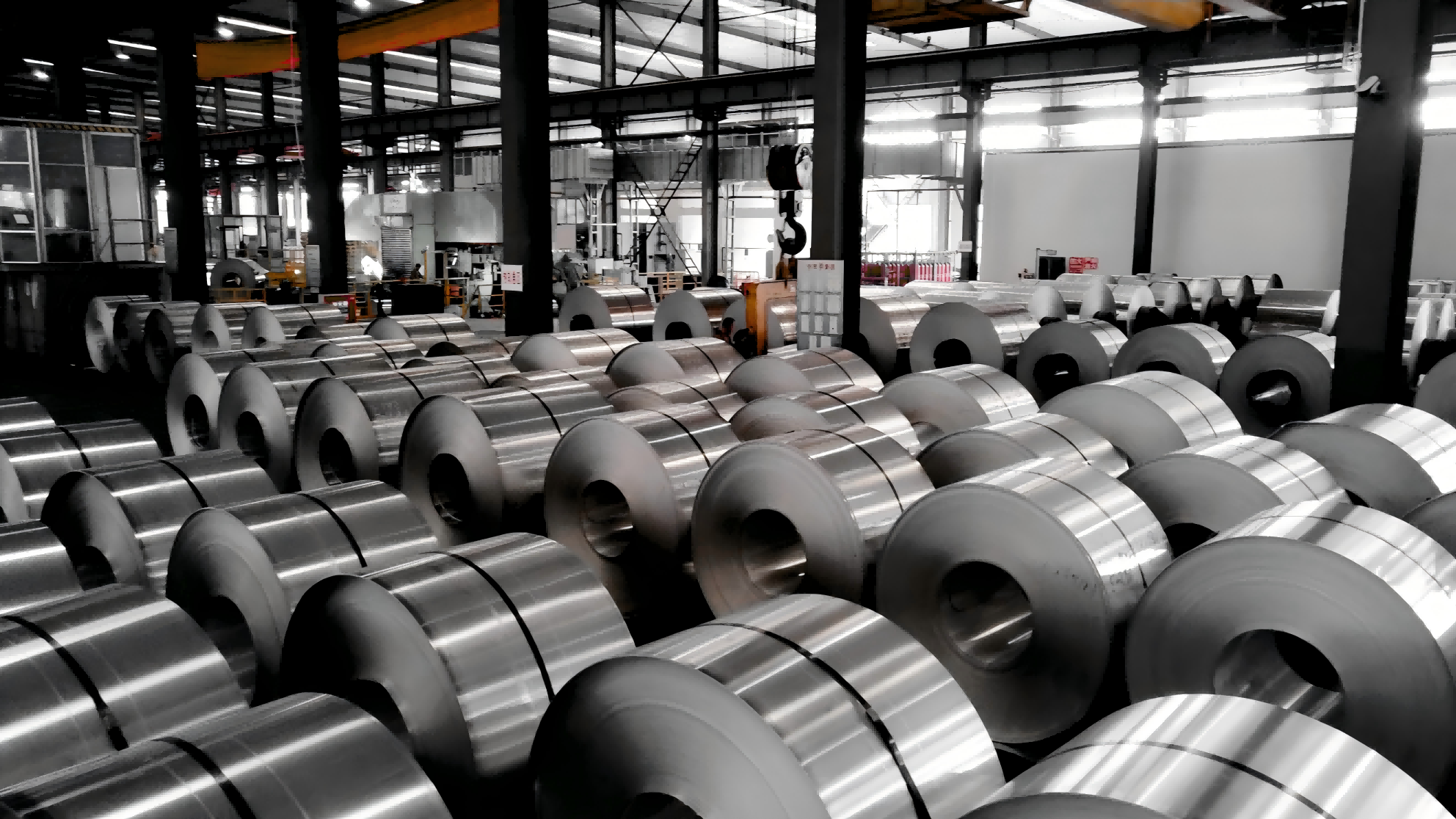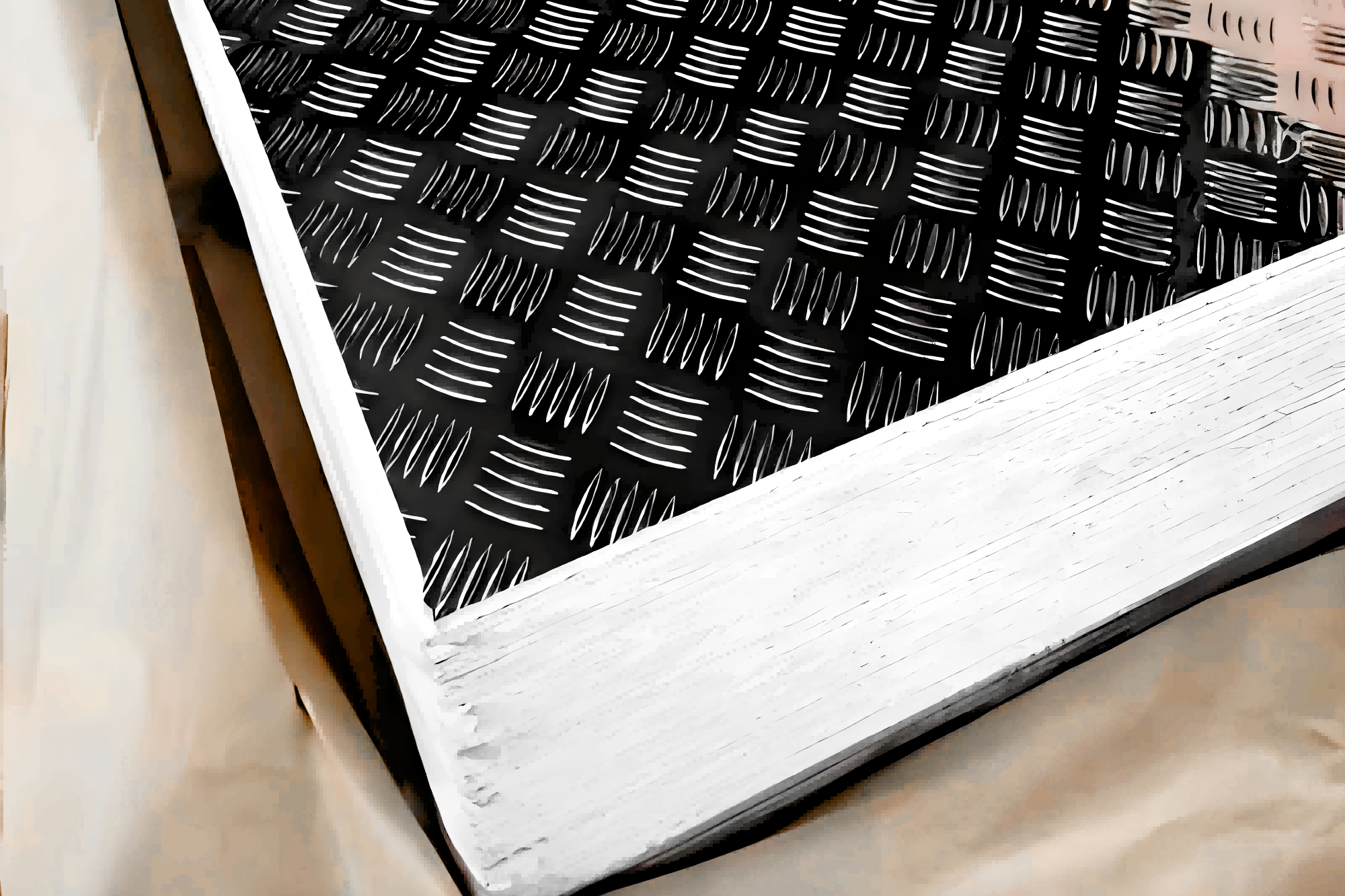Curious about industrial flooring materials' manufacturing secrets? Let's explore the universal production process behind black aluminum checker plates.
All checker plates go through key stages: alloy selection → hot rolling → precision embossing → surface pretreatment → coloring → protective coating → curing.

Though techniques vary globally, core manufacturing principles remain consistent. These fundamental steps ensure product reliability across industries.
What Raw Materials Are Used?
Why do all factories start with alloy selection? Material choice directly determines product performance.
Standard production uses 5000/6000 series aluminum sheets (1-6mm thick) containing magnesium/silicon for strength and corrosion resistance.

Universal Alloy Specifications
| Parameter | Standard Values | Purpose |
|---|---|---|
| Alloy Series | 5052/5083/5754/6061 | Base material strength |
| Thickness Range | 1.0-6.0 mm (±0.1mm) | Load-bearing capacity |
| Tensile Strength | 170-350 MPa | Structural stability |
| Surface Cleanliness | Oil residue ≤10mg/m² | Coating adhesion |
Production begins with coil cutting and surface degreasing. All established manufacturers follow ISO 9001 standards during this phase.
How Are Anti-slip Patterns Created?
Will different designs require unique processes? Standard embossing methods remain constant across patterns.
Hydraulic presses apply 50-150 tons of pressure to imprint diamond/linear designs (0.5-5mm depth) at 100-250°C.

Pattern Formation Sequence
This 3-step process applies universally:
-
Heating Stage
Preheat aluminum sheet to 150-200°C for uniform texture -
Embossing Stage
Apply calculated pressure using engraved steel dies -
Cooling Stage
Water-cool to fix pattern geometry
No specialized equipment required – all manufacturers use similar press types with adjustable parameters.
How Is Black Coloring Achieved?
Does permanent coloring require special chemicals? Industry-standard methods ensure colorfastness.
Two conventional approaches dominate production: anodizing (electrochemical coloring) and powder coating (electrostatic spray).
Comparative Coloring Techniques
| Method | Process Details | Industry Adoption Rate |
|---|---|---|
| Anodizing | Aluminum oxide layer + dye absorption | 65% |
| Powder Coating | Thermosetting polymer spray | 30% |
| PVDF Coating | Polyvinylidene fluoride spray | 5% |
Both techniques involve three standard phases:
- Acid/alkaline cleaning
- Conversion coating
- Color application
Final Quality Verification
Every factory performs final checks covering pattern depth (±0.2mm), coating thickness (40-80μm), and adhesion tests. These globally recognized protocols ensure consistent product performance.

